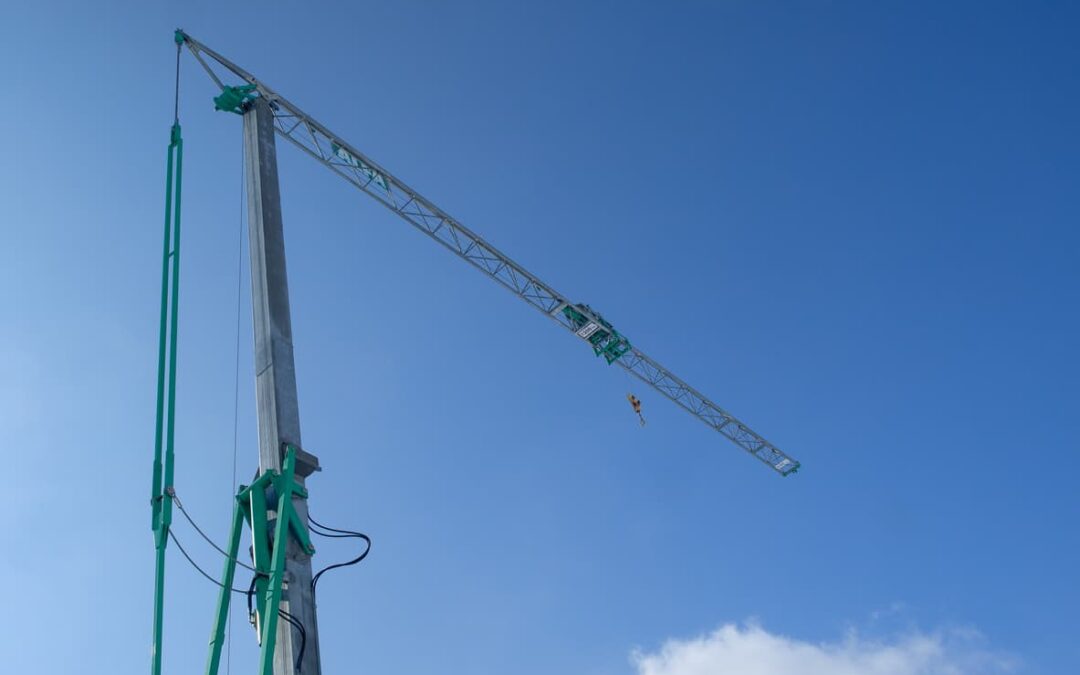Towering over construction sites and dockyards across the world, the hammerhead crane is a common sight to most of us. It is a distinctive design, with the supporting tower emerging above the elongated boom, offset with the stack of counterweights to offset the boom, creating a protuberance that resembles the head of a hammer – hence the name.
The crane incorporates a design that allows the load being lifted to slide across the trolley (called “racking”) without changing the height of the crane. This enables the crane to place loads very precisely across the horizontal plane, without swinging the load being lifted. This maneuverability is what makes the crane so popular in construction sites and dockyards, where horizontal placement is at a premium.
Even more impressive, are the hydraulic systems supporting the operation of these huge machines. The rotation of the base and the racking mechanisms in the trolley are all built around a high pressure hydraulics system, the only way to generate the enormous force necessary in the limited space available on the crane gantry. Their incorporation here enables these machines to move loads weighing multiple tons hundreds of feet in the air, and place them with precision.
Texas Hydrostatics is the national expert on all things hydraulic, including the systems utilized in hammerhead and traditional standing cranes. If you have any additional interest in these precision machines and the hydraulics systems supporting them, contact us today.

